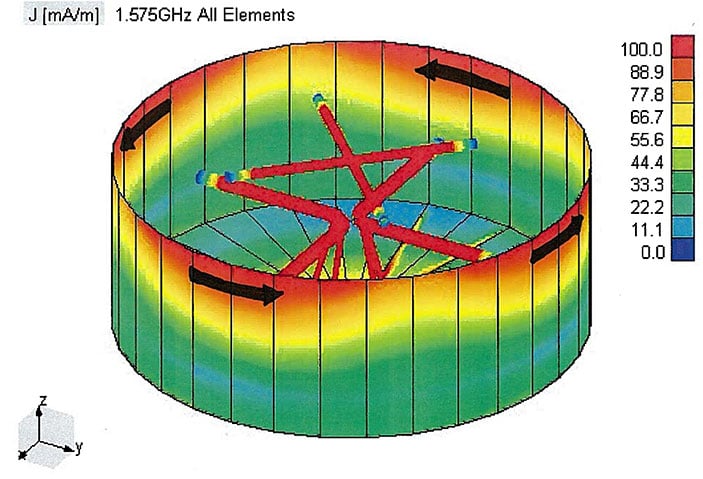GMAT Question of the Day: Daily via email | Daily via Instagram
New to GMAT Club? Watch this Video
|
It is currently 23 Dec 2020, 07:30 |

item: Phone jammer make slime , jammer phone jack extension 44 votes
| jammer phone jack extension | 4062 | 4546 |
| phone jammer forum homepage | 5198 | 7200 |
| palm phone jammer diy | 5608 | 2337 |
| phone jammer gadget peoria | 3726 | 3799 |
| phone jammer works department | 5117 | 8300 |
| phone jammer homemade nacho | 8084 | 7541 |
| phone bug jammer work | 4815 | 5923 |
| wireless microphone jammer harmonica | 740 | 1660 |
| phone network jammer half | 8271 | 7340 |
| phone jammer instructables id | 5438 | 4042 |
| phone jammer range hood | 4948 | 1196 |
| phone jammer review sheet | 5629 | 707 |
| phone jammer cigarette making | 1692 | 585 |
| phone jammer florida jobs | 8510 | 6009 |
| phone jammer wiki page | 2755 | 6412 |
| make phone jammer yellow | 7510 | 1265 |
| mini phone jammer yellow | 6557 | 5508 |
| phone tracker jammer really | 6791 | 2722 |
| home phone jammer bag | 4779 | 1498 |
| gsm phone jammer radio | 2401 | 1626 |
| phone jammer bag ideas | 3864 | 3296 |
| phone network jammer network | 4537 | 4961 |
| phone frequency jammer splash | 778 | 3751 |
Phone jammer make slime , jammer phone jack extension |